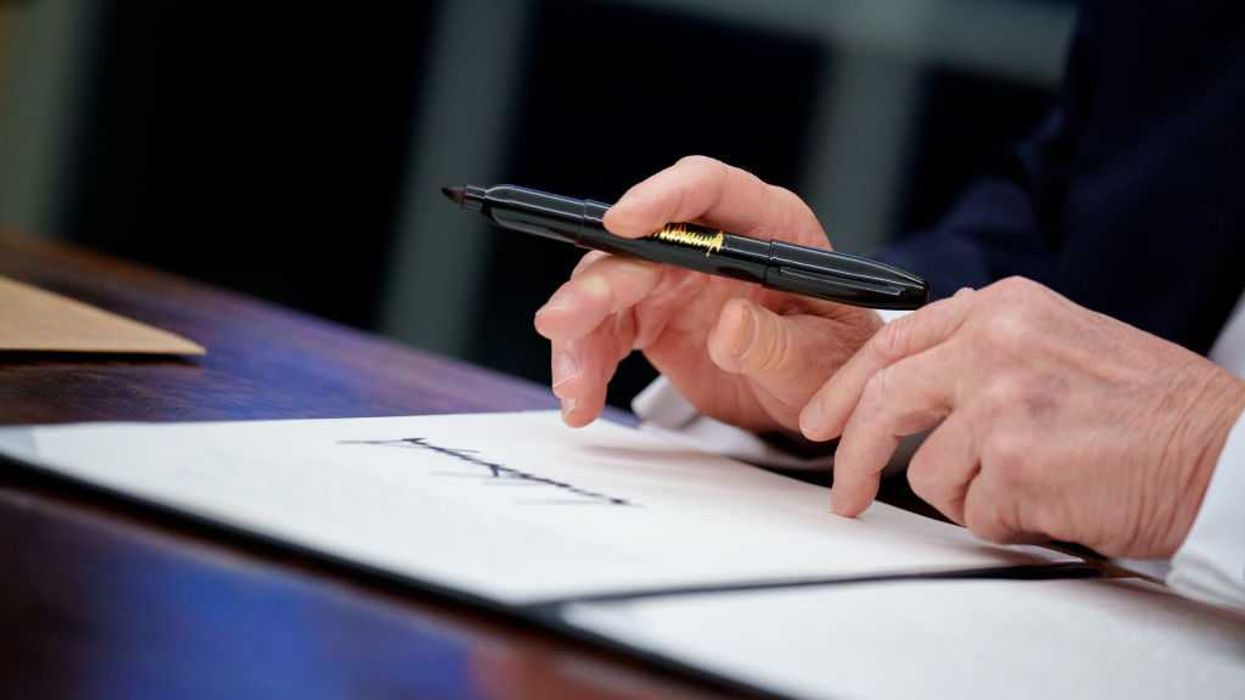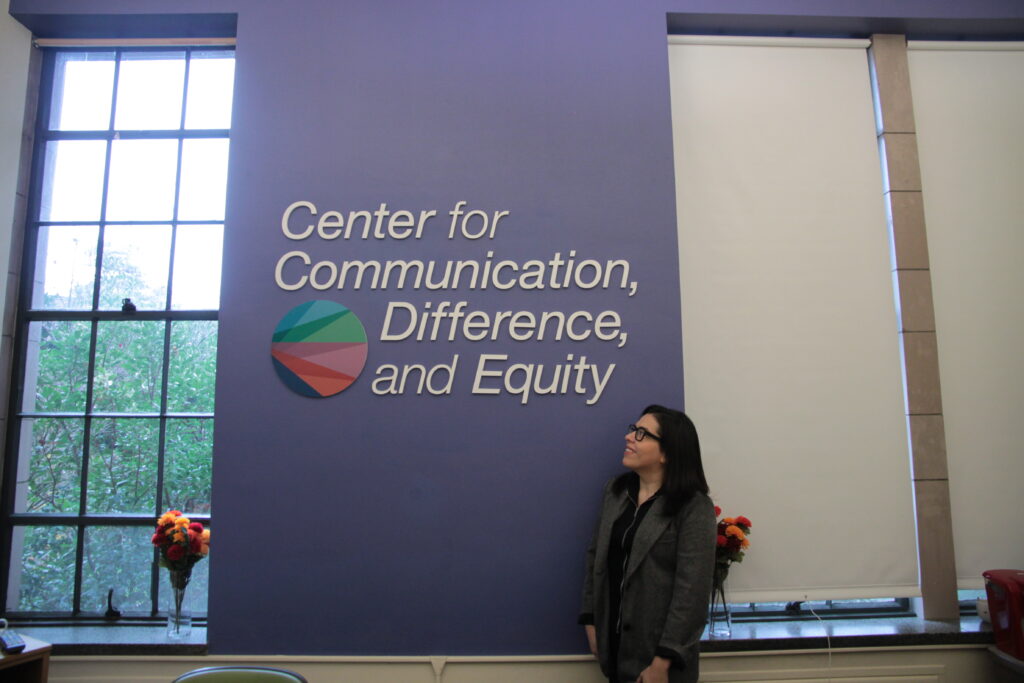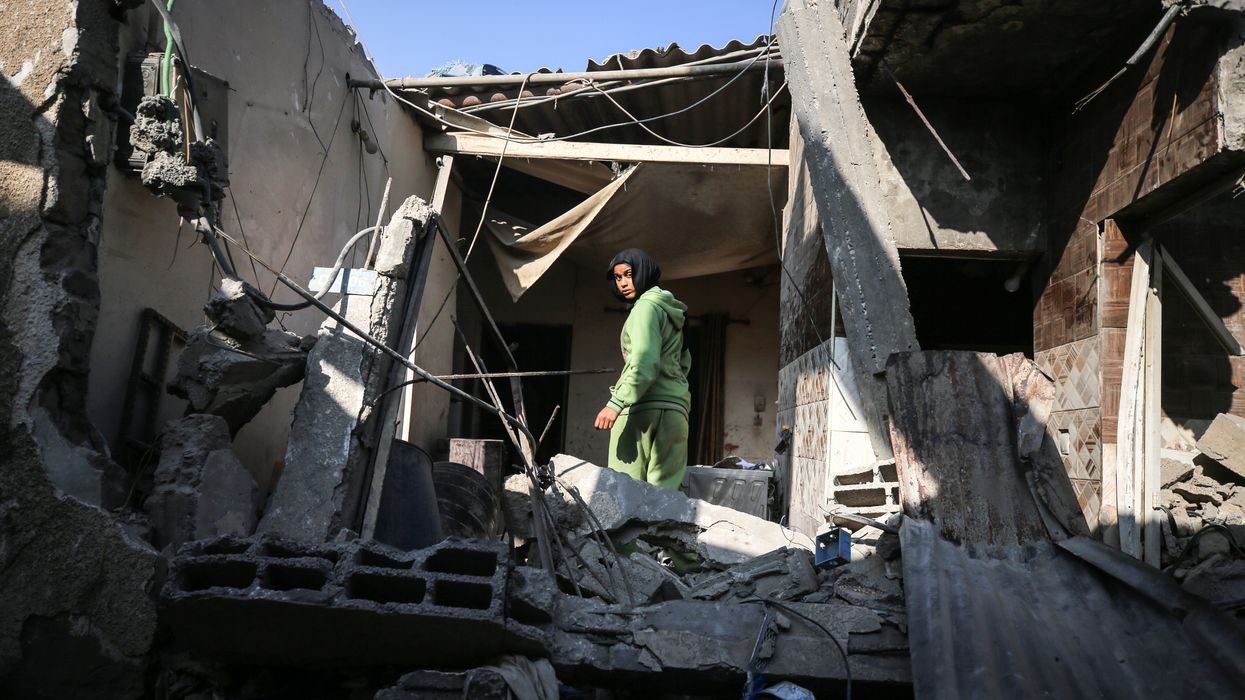The forces that divide us are big, strong, viral, international in scope and have seemingly infected every system of our body politic. It’s the degree of that rot that has led us back this year to where it all began — to people we’ve come to know over these years — to this place, these people. Through this tumultuous time, we have come to believe that if we’re going to care about the American idea — if we’re going to truly live it out (and maybe save it) — it will be in hometowns like this one between neighbors like us. And it will ultimately be about who we are to each other, which Washington D.C. doesn’t get to decide for us.
Podcast: Local Patriotism: The "David" of local community vs the "Goliath" of national dysfunction












 Dr. Carmen Gonzalez is the director of UW’s CCDE and an associate professor in the department of communication. Photo by Corey Olson.
Dr. Carmen Gonzalez is the director of UW’s CCDE and an associate professor in the department of communication. Photo by Corey Olson.







